9 Days and 9 Forms of Mata during Navratri
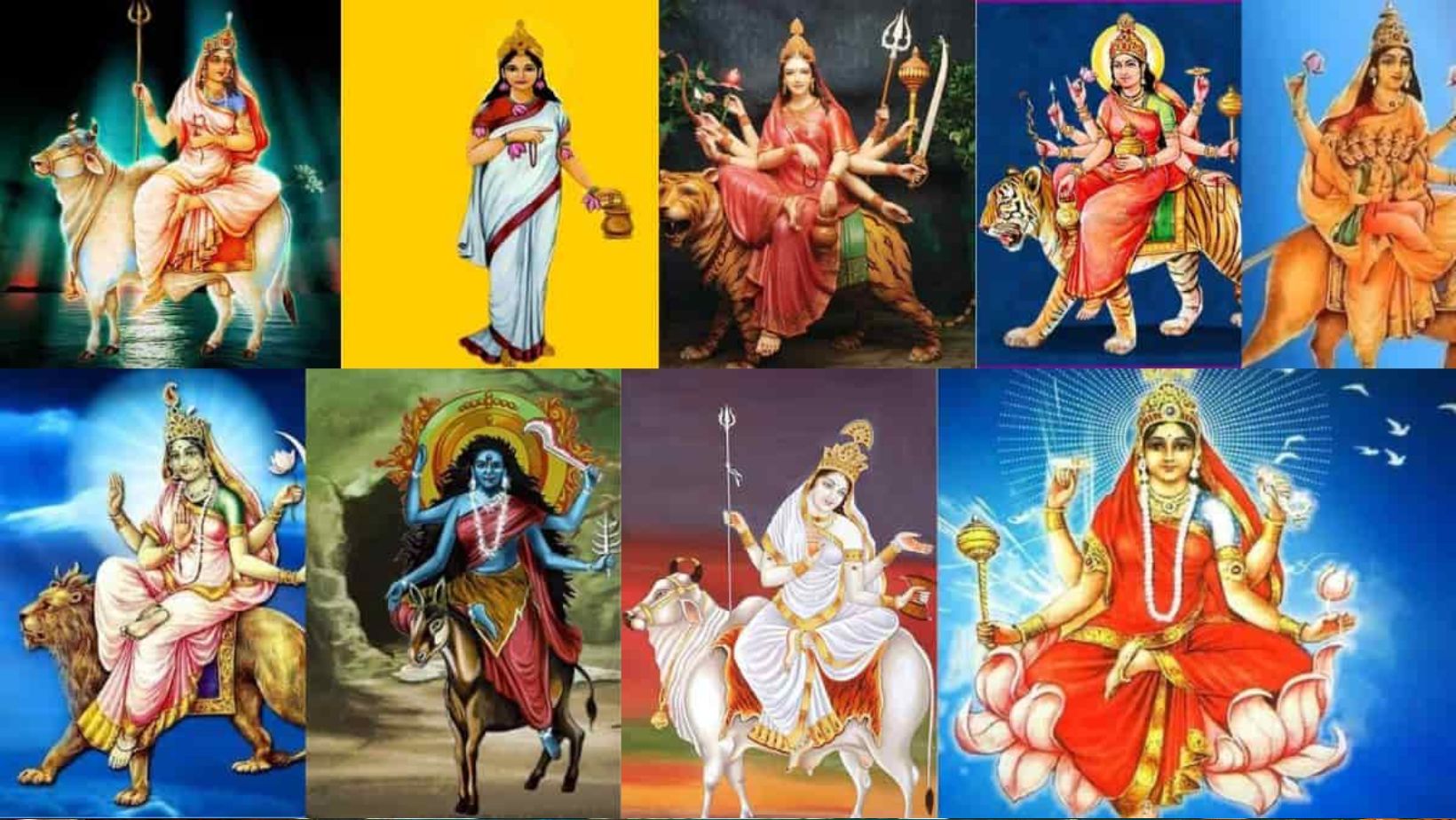
Navratri, one of India’s most vibrant and significant festivals, is a time of immense reverence and celebration. It spans nine nights and ten days, dedicated to the worship of the Divine Mother, known as “Mata.” During this period, the nine different forms of the Goddess are venerated, each holding a unique significance and symbolism. This article delves into the spiritual significance and cultural richness of these nine days and nine forms of Mata during Navratri.
Day 1: Shailaputri – The Daughter of the Mountains
Navratri commences with the worship of Shailaputri, the daughter of the Himalayas. She represents purity and is often depicted riding a bull. Her serene demeanor signifies the calmness and strength of the mountains. Worshipping Shailaputri instills a sense of groundedness and helps us connect with the foundational elements of life.

Day 2: Brahmacharini – The Ascetic Goddess
Brahmacharini is revered on the second day. She symbolizes penance and austerity, and her name translates to “one who follows the path of celibacy.” Her form encourages us to seek knowledge, inner strength, and self-control. It’s a reminder that the pursuit of wisdom and spirituality requires discipline and determination.
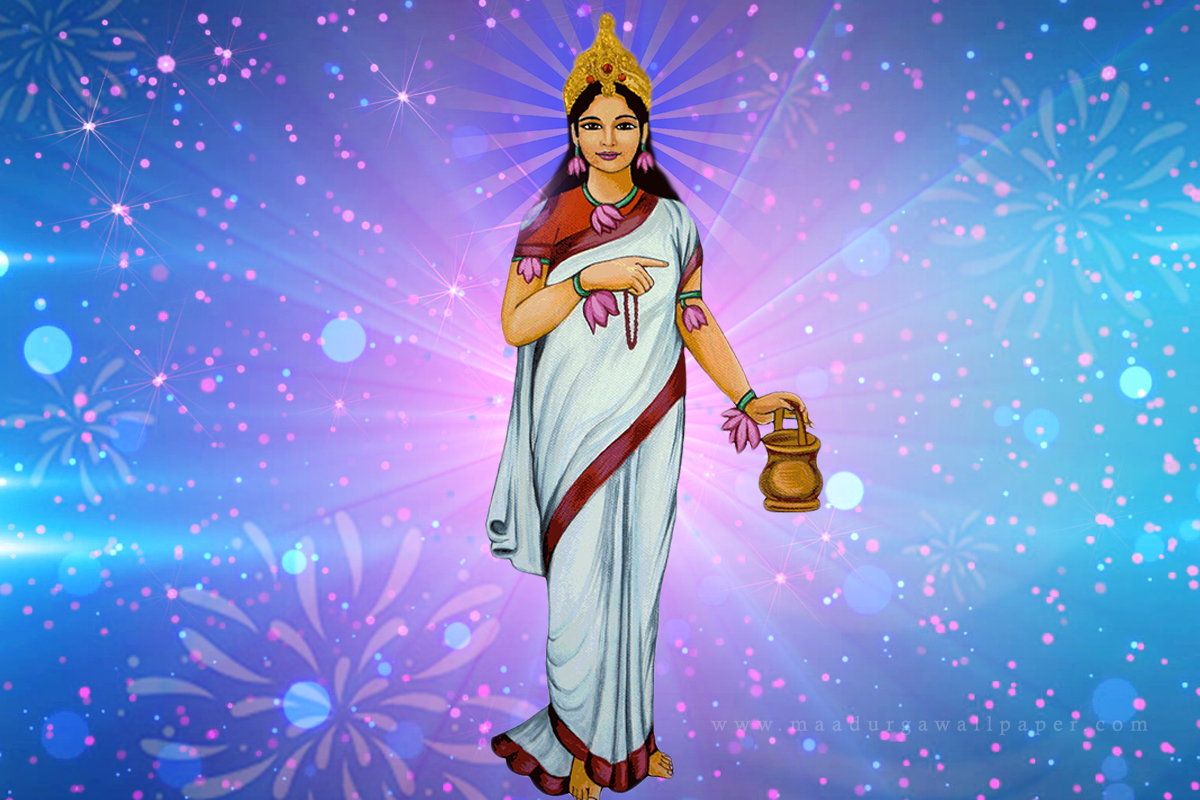
Day 3: Chandraghanta – The Warrior Goddess
Chandraghanta, the third form of Mata, is celebrated as the warrior goddess. She is often depicted with a fierce demeanor and a crescent moon adorning her forehead. This form of the Goddess reminds us of our inner strength and the courage required to face life’s challenges with grace and confidence.
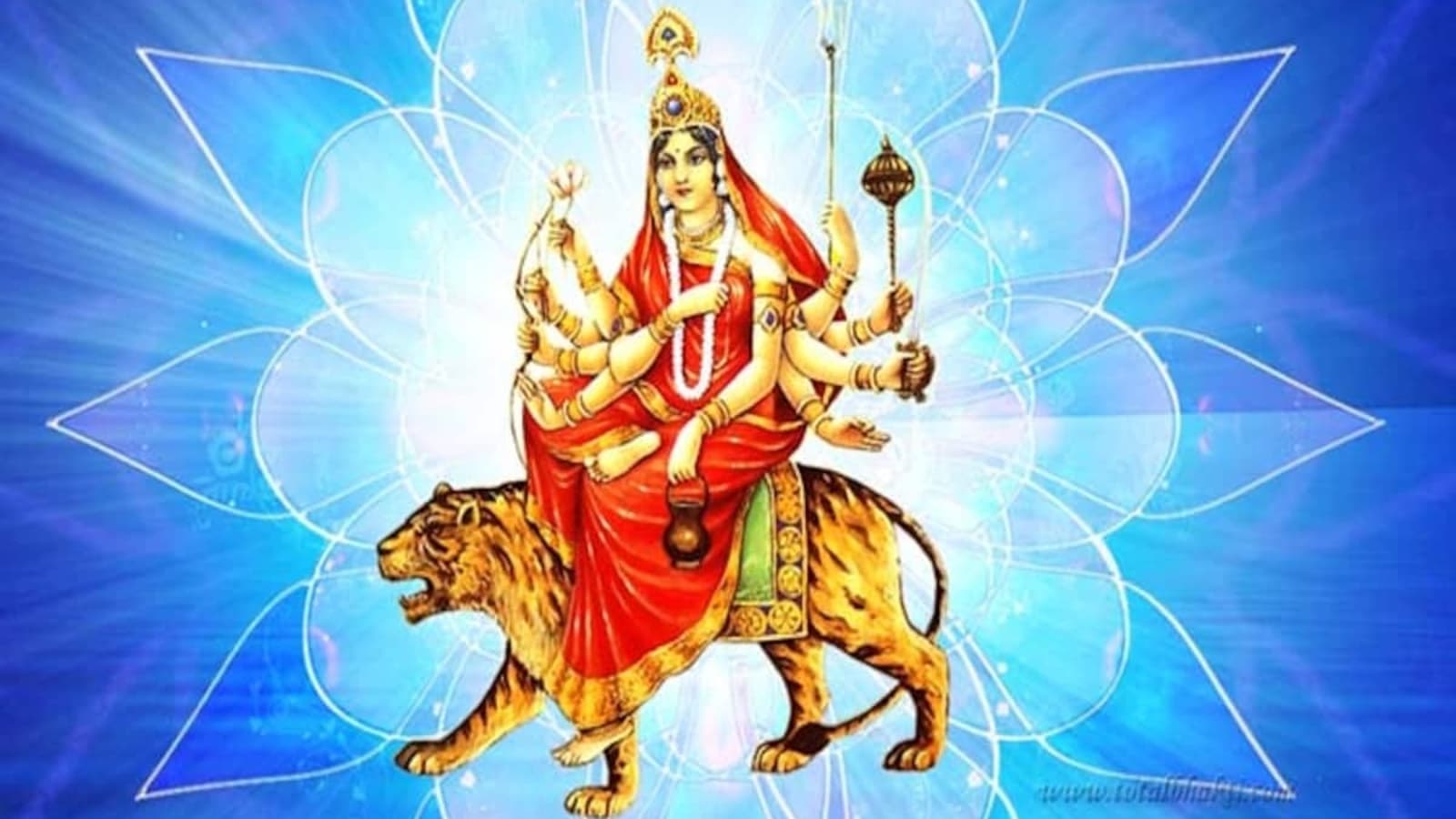
Day 4: Kushmanda – The Creator of the Universe
Kushmanda, the fourth form of Mata, represents the creative energy that gave birth to the universe. Her radiant smile is said to have the power to dispel darkness and negativity. On this day, devotees seek her blessings for prosperity, good health, and spiritual growth.
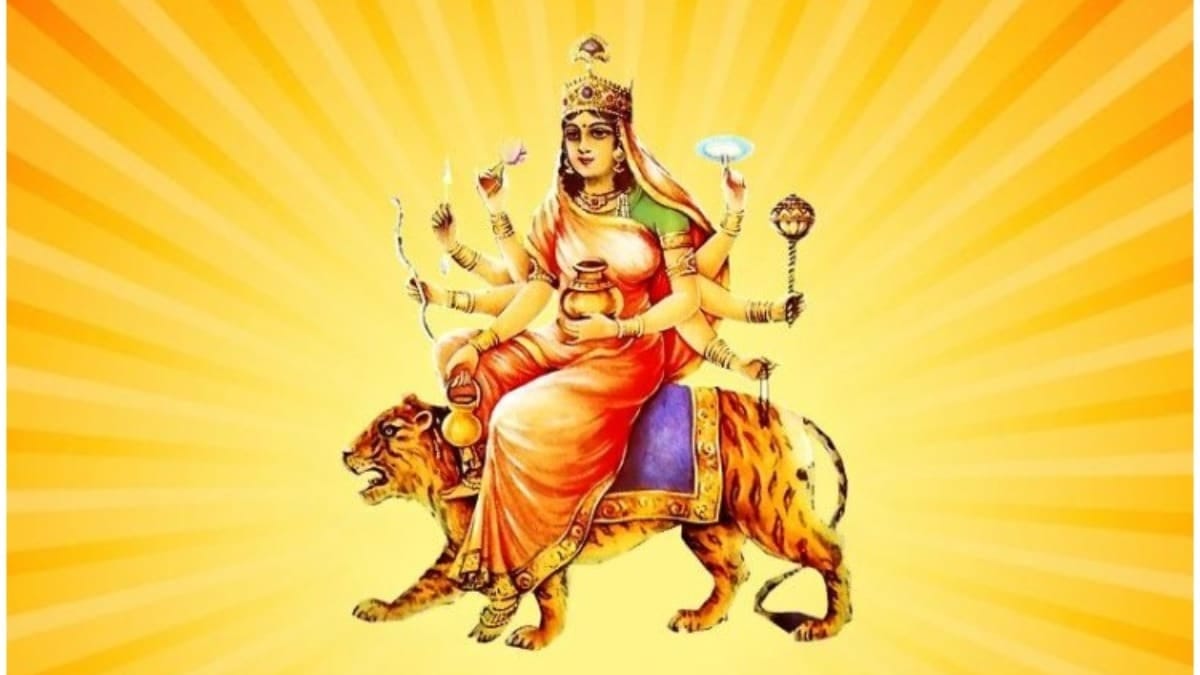
Day 5: Skandamata – The Mother of Skanda (Lord Kartikeya)
Skandamata, the fifth form of Mata, is the mother of Lord Kartikeya, also known as Skanda. She represents motherly love and protection. Worshipping Skandamata is an opportunity to seek her blessings for the well-being of children and family, as well as to strengthen the maternal bond.

Also read – Explore the Muktinath Temple: A Spiritual Haven
Day 6: Katyayani – The Warrior Goddess Par Excellence
Katyayani, the sixth form of Mata, is known for her immense strength and valor. She is often depicted as a fierce warrior, riding a lion. Her worship is believed to bestow strength and courage, helping us overcome the obstacles and challenges in our lives.

Day 7: Kalaratri – The Dark Goddess
Kalaratri, the seventh form of Mata, is a fierce and dark manifestation of the Goddess. She is often depicted with a fearsome appearance, symbolizing the destructive aspect of time. Worshipping Kalaratri helps us conquer fear and darkness and ultimately find the light within.

Day 8: Mahagauri – The Radiant Goddess
Mahagauri, the eighth form of Mata, represents purity and radiance. Her name translates to “extremely white,” signifying her immaculate form. She is worshipped to seek forgiveness for our sins and impurities, and to attain spiritual enlightenment and inner peace.

Day 9: Siddhidatri – The Granter of Boons
The final day of Navratri is dedicated to Siddhidatri, the goddess who bestows blessings and fulfillment of desires. She is often depicted with four arms, signifying the four directions, and is believed to possess supernatural powers. Her worship is a reminder that the Divine Mother is the ultimate source of all blessings and grace.
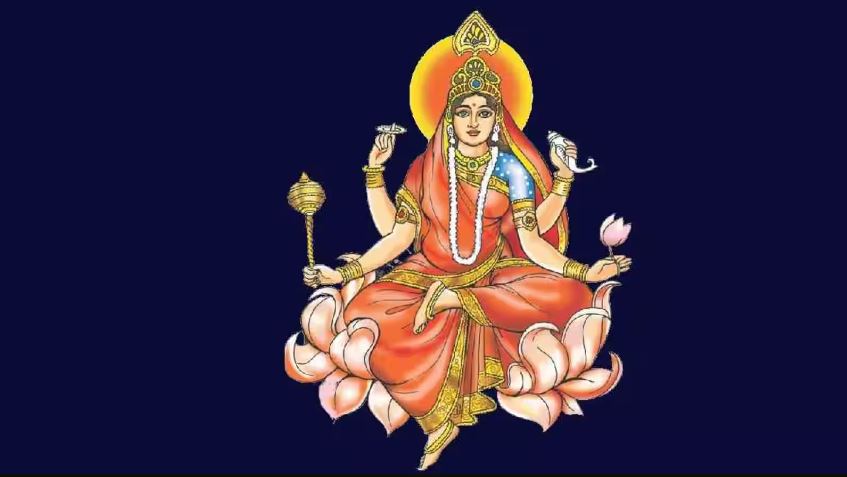
Also read – The Enchanting Aarti and Darshan Timings of Mahakaleshwar Temple
Also read – The Traditional Dress of Bhotia Tribes in Uttarakhand
Conclusion
Navratri is a time of deep spiritual significance and cultural celebration, where devotees across India and the world come together to honor the nine forms of Mata. Each form represents a facet of the Divine Feminine, offering blessings and guidance for various aspects of life. During these nine days, devotees embrace the Goddess’s presence in their lives, seeking strength, wisdom, and inner transformation.
As we celebrate Navratri and worship the nine forms of Mata, it’s essential to reflect on the values and teachings they embody. These divine manifestations serve as a source of inspiration and guidance for navigating the complexities of our own lives. The colorful festivities, vibrant music, and soulful prayers during Navratri remind us of the power of devotion and the enduring relevance of the Divine Mother in our spiritual journey.
Also read – A Tour of Varanasi, Uttarakhand, and the Tranquil Oasis it Offers
